Academics
CMIB core working team is a group of academics within the Department of Biomedical engeneering of KCL. The list below is the most representative sample, and we have strong links with other members within our Division and University.
Prof. Pablo Lamata (group leader)
| KCL PURE
Google Scholar |
Pablo focuses on the synergies between computational cardiac models and medical image analysis. His main driver is to reach the clinical translation, proposing novel diagnostic biomarkers to better stratify patients. His main interests are the analysis of cardiac shape through computational meshes, non-invasive methods to estimate central blood pressure and its components, and the robust estimation of metrics of diastolic performance (myocardial stiffness and decaying active tension). |
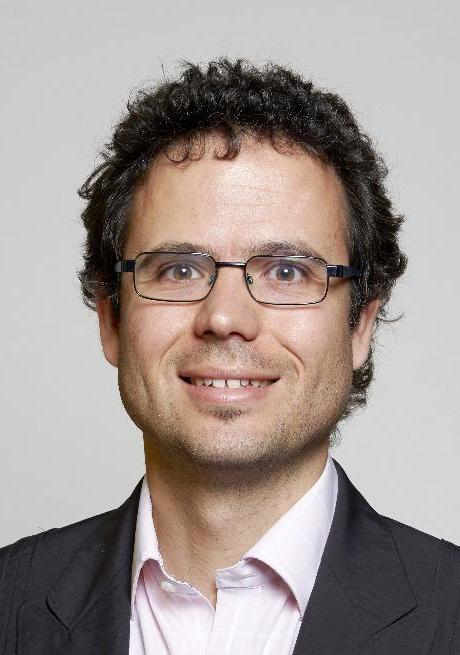 |
Prof. Steven Niederer
|
KCL Pure
Google Scholar
|
Steven’s research is characterised by the use of multi-scale and multi-physics computational models of the heart to investigate fundamental physiological questions and gain insight into patient pathologies and treatments. This work includes the development of novel methods for integrating and interpreting patient data, evaluating new medical devices using computational modelling and developing patient specific models. His research is highly interdisciplinary, working closely with imaging scientists, basic researchers and cardiologists with a strong focus on clinical translation. |
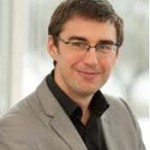 |
Dr David Nordsletten
| KCL pure
Google Scholar |
My career began at age 16 when I started studying at the University of Minnesota where I graduated summa cum laude in Biomedical Engineering and Mathematics. In 2005 I started a PhD at the Auckland Bioengineering Institute working with Prof Nicolas Smith and Prof Peter Hunter on fluid-solid coupling in the heart. In 2006, I transferred to the University of Oxford Computing Laboratory, where I worked with Dr. David Kay on analysis of fluid-solid coupling schemes. My thesis entitled Fluid-Solid Coupling for the Simulation of Left Ventricular Mechanics was approved in 2009. After graduating, I worked as a post-doc at MIT with C. Forbes Dewey while also carrying on active research at the University of Oxford. In 2010 I joined Kings College London Department of Biomedical Engineering as a Lecturer. |
 |
Dr Adelaide de Vecchi
| KCL Pure
Research Gate |
I completed an MSc degree in Mechanical Engineering at the University of Bologna (Italy) and obtained a PhD in Aeronautical Engineering at Imperial College London. I then worked as a research scientist in bioengineering at the University of Oxford and King’s College London, where I hold my current position as Lecturer in Computational Cardiovascular Modelling. I have a strong interest in applied technology and modelling with focus on medical devices and personalised medicine. |
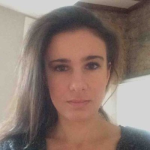 |
Researchers
Dr Anastasia Nasopoulou
|
KCL Pure
Google Scholar
|
I am postdoc working in myocardial material parameter estimation using diastolic data. My main interest areas involve large deformation mechanics, myocardial material laws and parameter estimation. I studied civil engineering in National Technical University of Athens, Greece majoring in geotechnical engineering. Afterwards I did an MSc at Imperial College, London in Biomedical Engineering where I studied Biomechanics and my thesis was on the effects of the extraocular muscles on the optic nerve head strain field and its possible impact in glaucoma. |
 |
Dr Alessandro Farazi
|
I received an MSc in Applied Mathematics and Statistics from the University of Genoa (Italy). I completed a PhD in 3D real-time simulation of soft tissue deformation using Finite Elements, mimicking a nonlinear elastic behavior, from Imperial College London. My objective was to improve the realism of surgical simulators by adding haptic feedback.
I am currently developing a pre-planning, patient specific system for aorta reconstruction in the presence of Hypoplastic Left Heart Syndrome (HLHS). I am also working on estimating pressure by using the subharmonic response from microbubbles when listening to the echo of ultrasound.
My research interests include virtual reality, medical imaging, image processing, and medical simulation. |
 |
Dr Amanda Nio
| Google Scholar |
My research focuses on cardiovascular physiology — with an emphasis on applying and developing non-invasive methods to gain insights into sex differences, ageing, and adaptations to exercise training.
Homepage |
 |
PhD Students
Joao Fernandes
|
I am a Biomedical Engineer from Portugal. I completed my undergraduate and Masters studies in the Faculty of Sciences of the University of Lisbon, with two internships abroad: one in Oxford and one in Berlin for my bachelor and master projects respectively. Then I worked for approximately four years in Berlin in the German Heart Center Berlin and Charité Centre.
My research has focused on cardiovascular image processing, together with some modelling. Topics include blood pressure, blood kinetic energy, heart energetics, biomechanical heart modelling parameterization. |
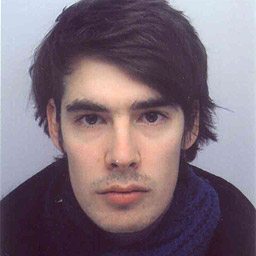 |
Cristobal Rodero Gomez
|
I completed an MSc in Mathematics split between Universitat de València and Universitat Politècnica de València. I then went on to do another MSc in Computational Mathematics at Universitat Jaume I, Castellón. I specialised in applied mathematics (mostly numerical methods and computer graphics) focused on simulation in Biomedicine.
I’m currently enrolled in an Innovative Training Network called PIC (Personalised In-silico Cardiology). My PhD project is on the optimisation of activation patterns during next generation CRT pacing. I hope that being in the CDT will be a great opportunity to develop my skills while learning new ones. |
 |
Maciej Marciniak
|
I focus on computational cardiac anatomy and the search for novel shape biomarkers, to improve the diagnostic metrics used nowadays. Last year I completed my Master’s degree in Robotics and Intelligent Systems at the University of Oslo, where I used machine learning analysis to describe the pathophysiology of ventricular fibrillation in the setting of an acute first myocardial infarction. Before that, I obtained a B.Sc. in Automation Control and Robotics in Poznan, Poland. |
 |
Suzette Lust
|
I am PhD student on the Medical Research Council DTP in Biomedical Sciences here at Kings. I did both my bachelors (BEng) and masters (MSc) in Mechanical Engineering at University College London. I am particularly interested in applying physical science techniques within medical or biological contexts, combining modelling with in-vitro work. I have applied this method within nerve tissue engineering and now I am working in the field of vascular biology. The topic of my PhD is the interaction between pathological flow and cells within the aortic wall in the context of aneurysm formation, particularly in Bicuspid Aortic Valve disease. I am working on the design and characterisation of a flow chamber that allows me in the lab to test the effects of different flow features on cell behaviour, with an emphasis on biomarkers of extra cellular matrix remodelling. I love the combined in-silico, in-vitro approach and the opportunity I have to be in the lab as well as doing modelling. |
 |
Woo-Jin Cho Kim
|
I am a PhD student on the CDT Smart Medical Imaging, co-funded by Ultromics Ltd. |
 |
Harminder Gill
Hassan Zaidi
|
I’m an applied mathematician and entrepreneur who has successfully launched two start-ups that went on to secure public funding from the NHS. My background has been diverse: Nottinghamshire police, teaching, research, NHS and MOD.
My project is based on the understanding that susceptibility to cardiac arrhythmias represents a highly complex system with intrinsic dependence on pathological structural and functional cardiac properties. Current guidelines suggest the use of a compromised LV ejection fraction (LVEF) to guide ICD implantation; however, only a third of SCD cases exhibit low LVEF. Functional biomarkers (from ECG recordings) and structural biomarkers (from MR imaging) have been independently correlated with arrhythmia risk, however, they have yet to demonstrate sufficient power to alter current clinical practice.
Therefore, my hypothesis is that a risk prediction model which combines both structural and functional features, augmented by structure-function simulation-based features, will significantly enhance risk stratification for ICD requirement.
|
 |
Cameron Dockerill
|
I am a PhD Student funded by the Medical Research Council’s Doctoral Training Partnership. I completed my BSc in Physiology here at King’s, before moving on to an RA role at the University of Oxford. In Oxford, I was able to apply my knowledge of physiology in a clinical research setting, while also developing interests and skills in medical imaging and artificial intelligence (AI). My PhD project focusses on sensing central blood pressure (CBP) with advanced imaging and AI technologies, with the aim of equipping the cardiologist with a non-invasive and accurate measurement of CBP and the extra burden caused by a flow obstruction to aid risk stratification.
|
 |
David Stoyanovski
|
|
I am a recent graduate from King’s College London with a Master of Engineering in Biomedical Engineering. I have focussed on applying deep learning techniques to cardiac imaging from cardiac ultrasounds in order to be implemented in a pipeline for an industrial partner, Ultromics Ltd. Currently I am utilising machine learning techniques for biomarker analysis in cardiac disease classification and prediction.
|
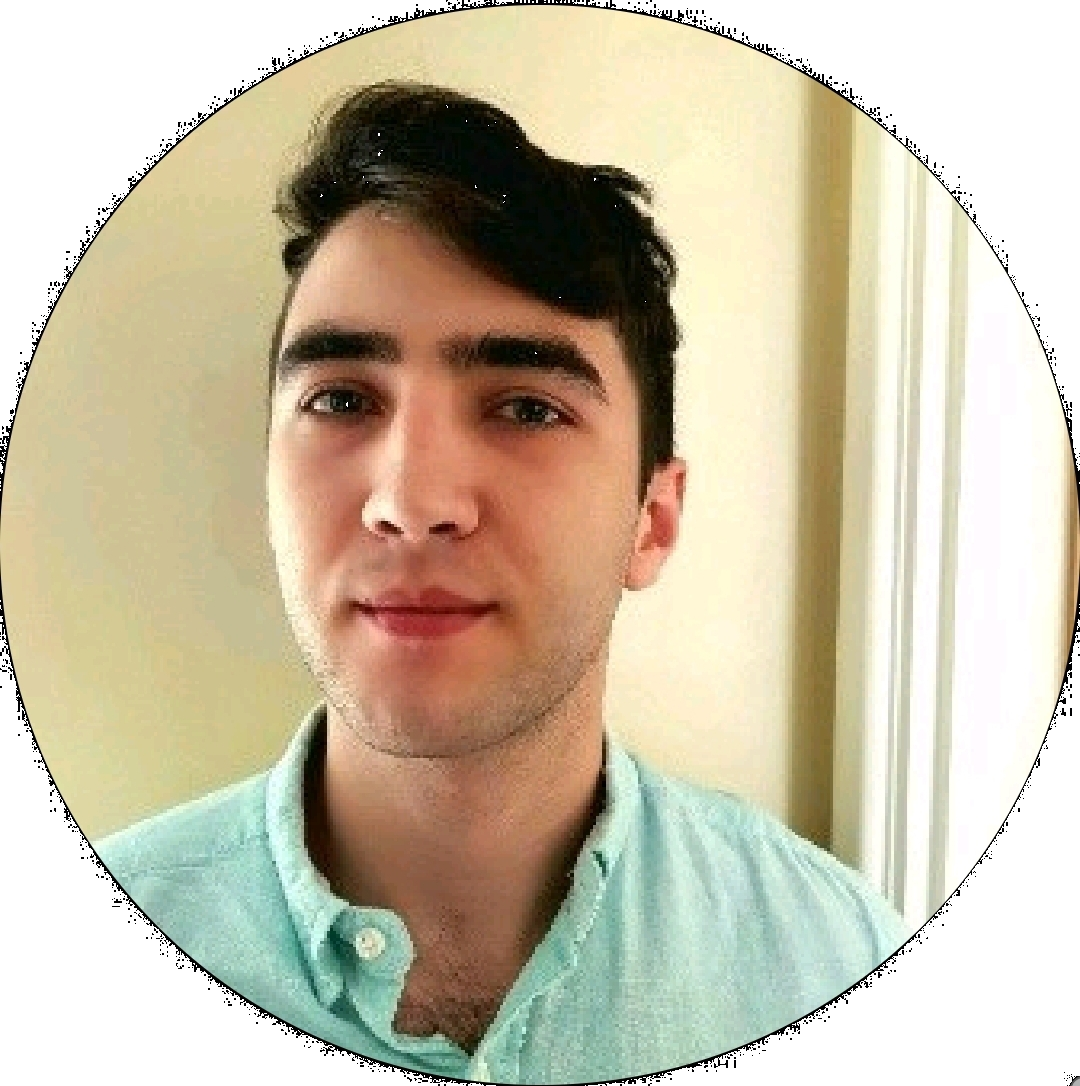 |
Uxio Hermida Nuñez
|
After finishing my Healthcare Technologies MSc, with special focus on Artificial Intelligence, I’m focusing on the study of flow in congenital conditions. I started my bachelor studies in Biomedical engineering at Universitat Politécnica de Catalunya and after one year I moved to Universitat Pompeu Fabra (UPF) where I finished my undergraduate studies. During those years I did two interships: the first one in a hospital where I worked on extracting aortic geometrical data from CT images; The second one at BCN-MedTech, a research group at UPF, where I worked with a 0-D lumped model of the fetal circulation. During my last undergraduate year, I moved to Paris for 7 months to work on my bachelor’s thesis at Philips Research Paris Medisys about numerical modelling of the aortic and mitral valves. I’m mostly interested on applying computational models to improve understanding of cardiovascular disease, as well as improving diagnosis and treatment planning. |
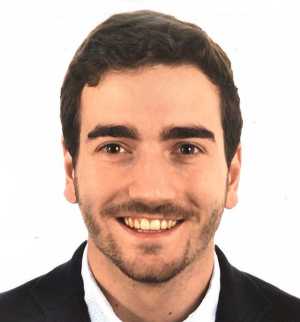 |
MSc Students
Xiatian Zhang
|
I am a MRes student in Healthcare Technology (artificial intelligence stream) at King’s College London. I completed a Bachelor’s degree of Medicine with a Speciality of Chinese Medicine at the Beijing University of Chinese Medicine and a MSc in Statistics with Applications in Medicine at the University of Southampton. My previous research experience focused on reviewing the evidence for alternative medicine and bayesian statistical phylogenetics. Now I am doing my individual project to predict cardiac risks from medical images through deep learning.
|
 |
Haobo Tan
|
I am an MRes student in Healthcare Technology in King’s College London focusing on artificial intelligence and image processing. Before joining King’s, I obtained my bachelor’s degree of Mechanical Engineering in both University of Birmingham and Huazhong University of Science and Technology. I am focusing on the problem of medical image enhancement using Deep learning algorithms, and on its application to Magnetic Resonance flow imaging. I am exploring how to train the Deep learning network by both actual and synthetic (produced by computational fluid dynamic) data.
|
 |
Alumni and past members
- Valentina Carapella (moved to Perspectum Diagnostic in Oxford)
- Nicolo Savioli (moved to Imperial College)
- Ross Upton (moved to launch is adventure, he’s the CTO in Ultromics, a young and dynamic spin-off in Oxford!)
- Fabrizio Donati (moved to F1 motor industry, his dream!)
- Jiahe Xi (moved to Blue Crest Capital)
- Gerardo Gonzalez (moved to UCL)
- Daniel Nolte (moved to Imperial College)
- Ernesto Zacur (moved to become Marie Curie Fellow at University of Oxford)
- Marta Varela (moved to a postdoc within our Department!)



















